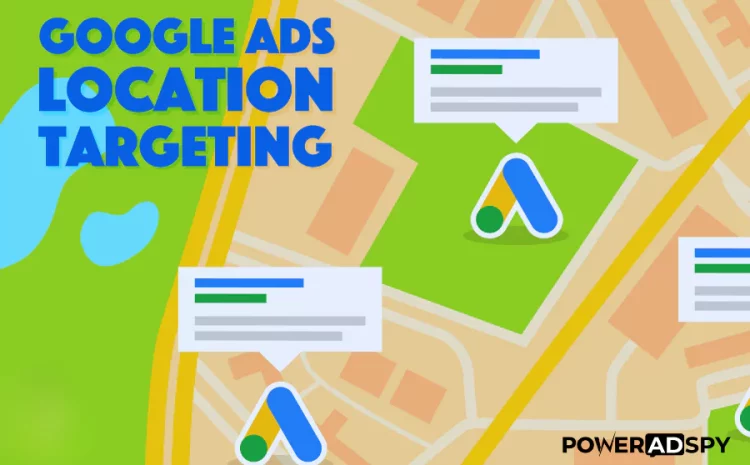The Ultimate Guide To Google Ads Location Targeting
Businesses can focus their advertising efforts with Google Ads location targeting certain geographic areas. This powerful feature can help businesses reach the right audience, boost engagement, and improve return on investment (ROI). Whether you run a local business or operate on a global scale, understanding and utilizing Google Ads location targeting can significantly enhance your advertising strategy.
Imagine reaching potential customers exactly where they are, whether in your hometown or halfway around the world. Location targeting in Google Ads makes this possible by enabling you to specify the geographic locations. It means you can tailor your ads to the interests and needs of people in different regions, creating a more personalized and effective advertising experience.
The benefits of Google Ads location targeting go beyond simply reaching more people. By focusing your ads on specific locations, you can reduce wasted ad spend and ensure that your budget reaches the most relevant audience. This targeted approach can lead to higher engagement rates, more conversions, and ultimately, a better return on investment.
In this comprehensive guide, we will explore the various aspects of Google Ads location targeting, including why it matters, how to get started, advanced strategies, and real-world examples of successful campaigns.
Hit ‘Play’ Button & Tune Into The Blog!
Why Google Ads Location Targeting Matters?
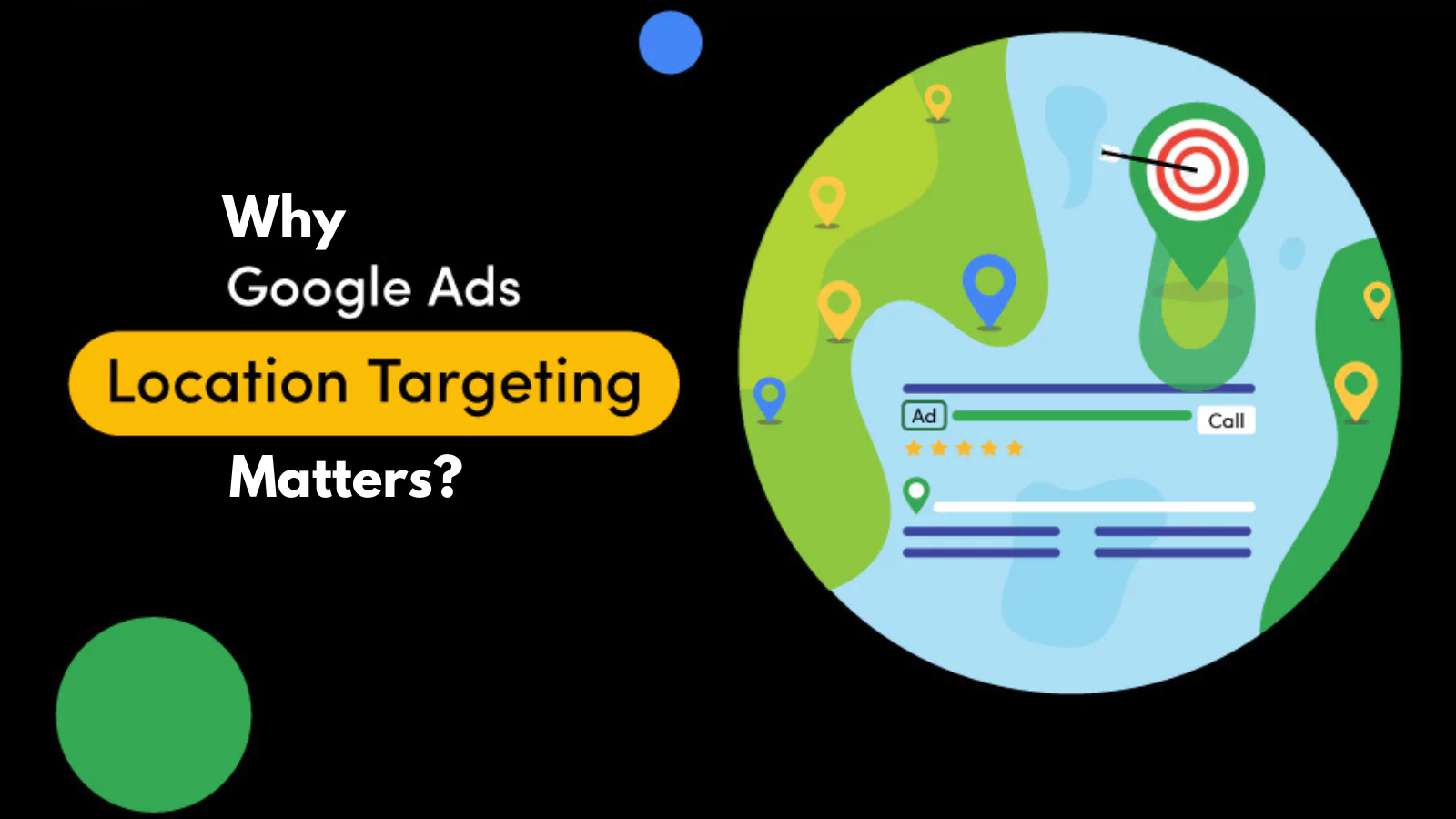 Google Ads location targeting plays a crucial role in modern digital advertising. By honing in on specific geographic areas, businesses can ensure their ads are seen by the most relevant audience. It leads to a more efficient use of advertising budgets and higher engagement rates.
Google Ads location targeting plays a crucial role in modern digital advertising. By honing in on specific geographic areas, businesses can ensure their ads are seen by the most relevant audience. It leads to a more efficient use of advertising budgets and higher engagement rates.
One of the primary advantages of location targeting is its ability to increase ad relevance. When ads are to specific regions, they are more likely to resonate with the local audience. This relevance can lead to higher click-through rates (CTR) and better overall performance.
Another key benefit is the potential for improved ROI. By targeting ads to specific locations, businesses can reduce wasted ad spend and focus their efforts on areas where their target customers are most likely to be. This targeted approach ensures that the advertising budget is being used effectively and can result in a significant boost to ROI.
Location targeting also allows businesses to take advantage of local trends and events. For example, a company can create ads that promote special offers or events specific to a particular region. This level of customization can make ads more appealing and increase the chances of attracting local customers.
In addition, location targeting enables businesses to run different campaigns for different regions. This flexibility allows for a more personalized advertising strategy that can cater to the unique needs and preferences of customers in various locations.
Overall, Google Ads location targeting is an essential tool for businesses looking to maximize their advertising efforts. By focusing on specific geographic areas, businesses can improve ad relevance, increase engagement, and achieve better ROI.
Get Started With Google Ads Location Targeting
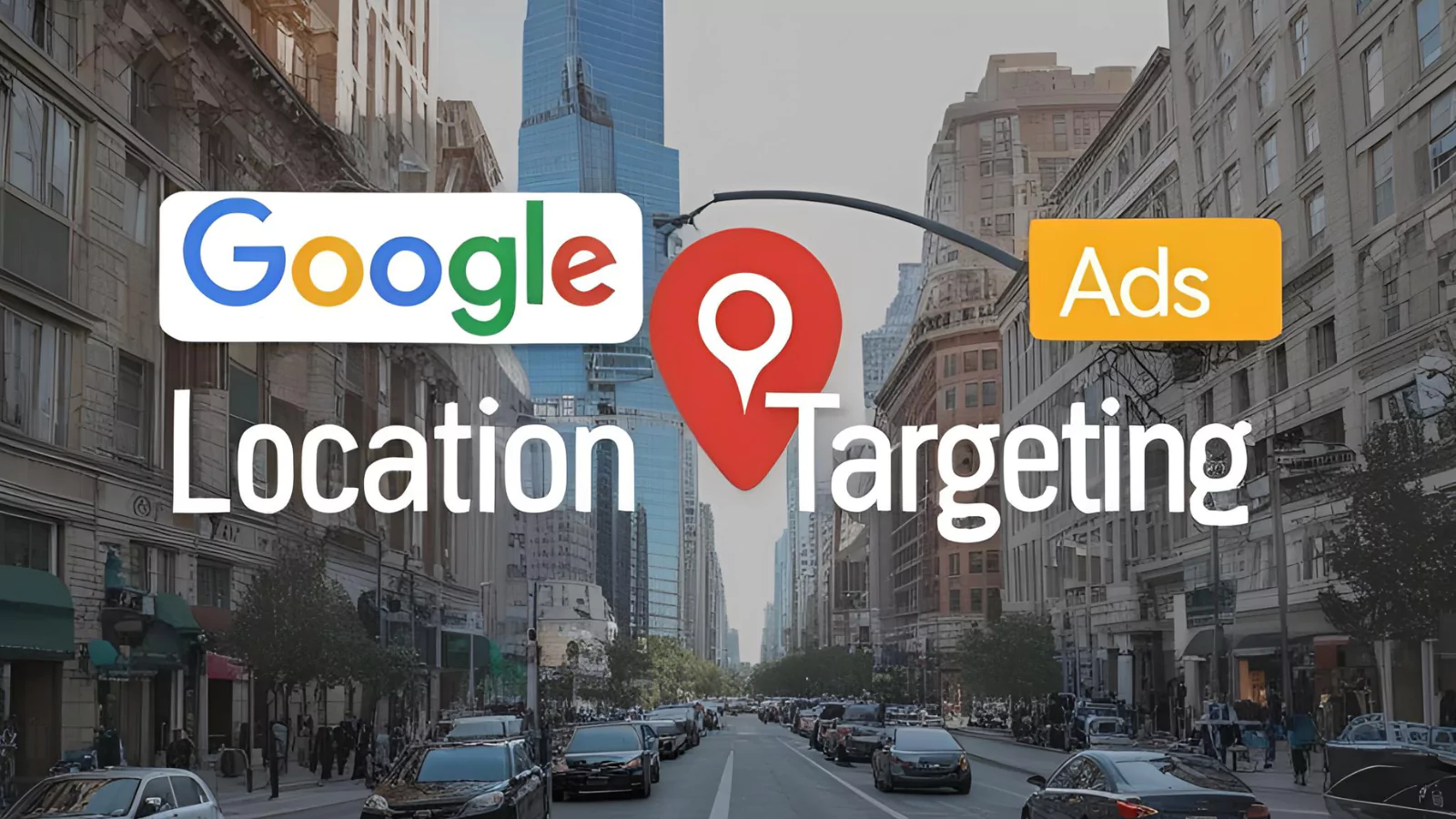 Setting up Google Ads location targeting can be straightforward, but it is important to follow the right steps to ensure optimal results. Here is a step-by-step guide to help you get started:
Setting up Google Ads location targeting can be straightforward, but it is important to follow the right steps to ensure optimal results. Here is a step-by-step guide to help you get started:
Access Your Google Ads Account
Begin by logging into your Google Ads account. If you do not have one, you will need to create an account to access the Google Ads dashboard.
Create or Select a Campaign
If you already have an existing campaign, select it from the dashboard. If not, create a new campaign by clicking on the “+New Campaign” button.
Choose Campaign Settings
When setting up your campaign, you will be prompted to choose various settings. It includes your campaign goal, budget, and network preferences. Ensure you configure these settings according to your advertising objectives.
Set Up Location Targeting
In the campaign settings, navigate to the “Locations” section. Here, you can specify the geographic areas where you want your ads to be shown. You can target countries, regions, cities, or even a specific radius around a location. This approach makes it easier to use geotargeting Google ads effectively.
Use Advanced Location Options
Google Ads offers advanced location options that allow you to fine-tune your targeting. For instance, you can target people in, regularly in, or who show interest in your targeted locations. Make sure to choose the option that best suits your campaign goals.
Exclude Locations
If there are specific locations where you do not want your ads to appear, you can exclude them. It helps prevent your ads from being shown to irrelevant audiences and ensures your budget is spent efficiently. By incorporating geo-targeting Google ads, you can focus your efforts on areas with higher potential.
Save and Launch Your Campaign
Once you have configured your location targeting settings, review your campaign details. If everything looks good, save your changes and launch your campaign.
Setting up Google Ads location targeting is just the beginning. To maximize the benefits, continuously monitor and adjust your targeting settings based on campaign performance and changes in your business strategy. Tools like a Google Ad Spy tool can help you gain insights into competitor strategies and refine your approach.
PowerAdSpy is an invaluable ad intelligence tool that can elevate your location-targeted campaigns. With its powerful features, it provides insights into competitor ads, enabling you to stay ahead in the game and make data-driven decisions.
PowerAdSpy: A Powerful Ad Intelligence Tool
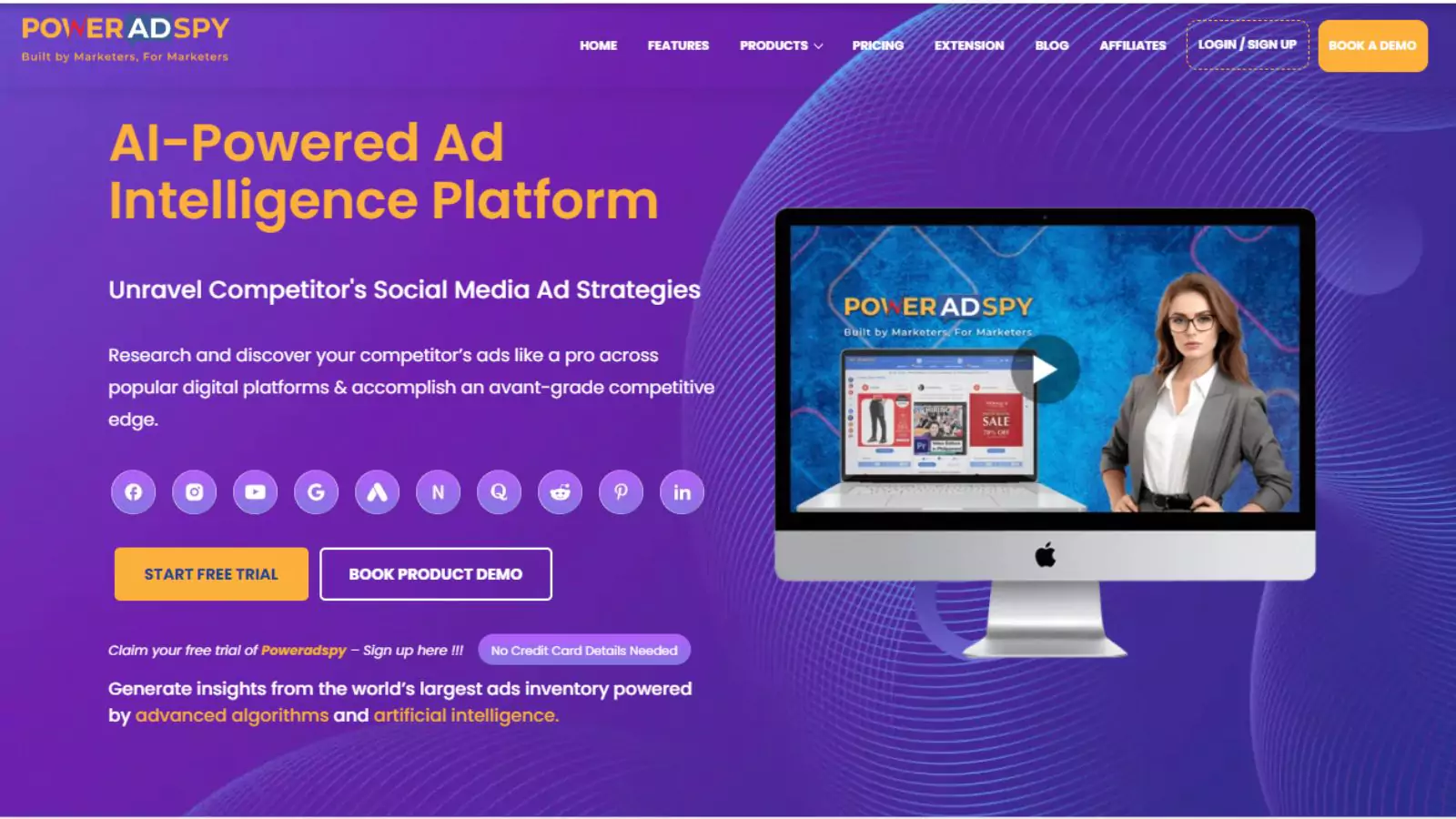 To take your Google Ads location targeting to the next level, consider integrating PowerAdSpy into your advertising strategy. PowerAdSpy is a comprehensive ad intelligence tool that provides valuable insights into your competitors’ ad campaigns. By understanding what works for others, you can refine your strategies and achieve better results.
To take your Google Ads location targeting to the next level, consider integrating PowerAdSpy into your advertising strategy. PowerAdSpy is a comprehensive ad intelligence tool that provides valuable insights into your competitors’ ad campaigns. By understanding what works for others, you can refine your strategies and achieve better results.
PowerAdSpy offers several features that can enhance your location-targeted campaigns:
Competitor Analysis
Gain insights into your competitors’ ads, including targeting strategies, ad creatives, and performance metrics. This information can help you identify successful tactics and apply them to your campaigns.
Comprehensive Ad Database
Access a vast database of ads from various industries and locations. This resource can provide inspiration for your own ads and help you understand trends and best practices in location targeting.
Detailed Analytics
PowerAdSpy provides in-depth analytics and reports on ad performance. These insights can help you make data-driven decisions and optimize your campaigns for better results.
Custom Alerts
Set up custom alerts to stay updated on your competitors’ ad activities. This feature ensures you are always informed about new ads and changes in targeting strategies, allowing you to stay ahead in the competitive landscape.
By leveraging the features of PowerAdSpy, you can optimize your Google Ads location targeting campaigns and achieve greater success. This powerful tool can help you make informed decisions, improve ad relevance, and ultimately boost your return on investment.
Advanced Strategies For Location Targeting
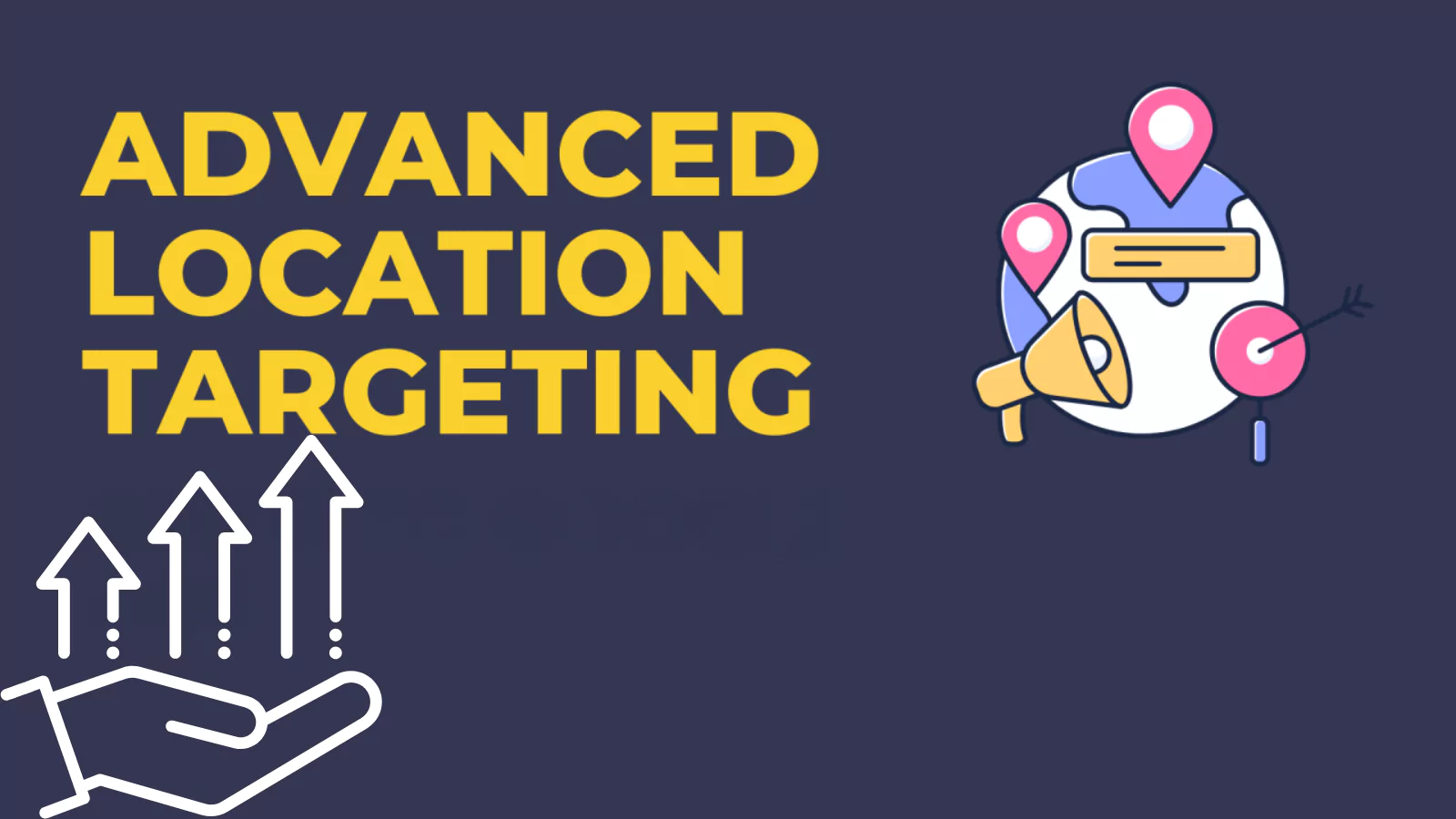 To make the most out of your Google Ads location targeting, implementing advanced strategies is essential. These techniques can help refine your targeting and maximize the effectiveness of your campaigns:
To make the most out of your Google Ads location targeting, implementing advanced strategies is essential. These techniques can help refine your targeting and maximize the effectiveness of your campaigns:
Geo-Fencing
Geo-fencing allows you to define a virtual perimeter around a specific location. This technique can target users within a certain radius, making your ads more relevant to those in proximity to your business or event. For instance, a retail store can use geo-fencing to target shoppers within a 5-mile radius, encouraging them to visit the store with special offers.
Radius Targeting
With radius targeting, you can focus your ads on users within a specific distance from a location. This approach is particularly useful for businesses with physical locations, such as retail stores, restaurants, and service providers. For example, a local coffee shop can target ads to users within a 10-mile radius, promoting their latest seasonal drinks and discounts.
Location-Based Bid Adjustments
Adjust your bids based on the performance of different locations. If certain areas are generating better results, consider increasing your bids for those locations to maximize ad visibility and conversions. Conversely, you can decrease bids for underperforming areas to optimize your budget. This strategy ensures that your ad spend is allocated efficiently, focusing on high-performing regions.
Combining Location Targeting with Demographics
Enhance your targeting by combining location data with demographic information. This approach allows you to create highly specific audience segments, ensuring your ads reach the most relevant users. For example, a luxury car dealership can target affluent neighborhoods within a city, focusing on demographics such as age and income to attract potential buyers.
Analyzing Competitor Strategies
Use ad intelligence tools like PowerAdSpy to analyze your competitors’ location-targeting strategies. By understanding where your competitors are focusing their efforts, you can identify new opportunities and refine your approach. This insight helps you stay competitive and discover untapped markets for your campaigns.
Seasonal and Event-Based Targeting
Tailor your ads to align with seasonal trends or local events. This strategy can make your ads more timely and relevant, increasing engagement and conversions during specific periods. For instance, a clothing retailer can promote winter apparel to users in colder regions during the holiday season, or advertise special discounts during local festivals.
Localized Ad Copy and Creative
Customize your ad copy and creative to resonate with local audiences. Use language, images, and offers that appeal to the specific preferences and needs of users in different regions. For example, a tourism company can create ads highlighting local attractions and activities, using images of popular landmarks to capture the audience’s attention.
Excluding Low-Performing Locations
Continuously monitor the performance of your ads in different locations. If certain areas are not delivering the desired results, consider excluding them to optimize your budget and focus on high-performing locations. This strategy helps you allocate resources more effectively, ensuring ads reach the most receptive audiences.
By implementing these advanced strategies, you can enhance the precision and effectiveness of your Google Ads location targeting. Continuously analyze and adjust your campaigns to ensure they remain aligned with your business goals and market conditions.
Also Read:
How To Reach More Customers With Google Local Ads?
All You Need To Know About Location Based Advertising
Integrate Location Targeting With Other Ad Strategies
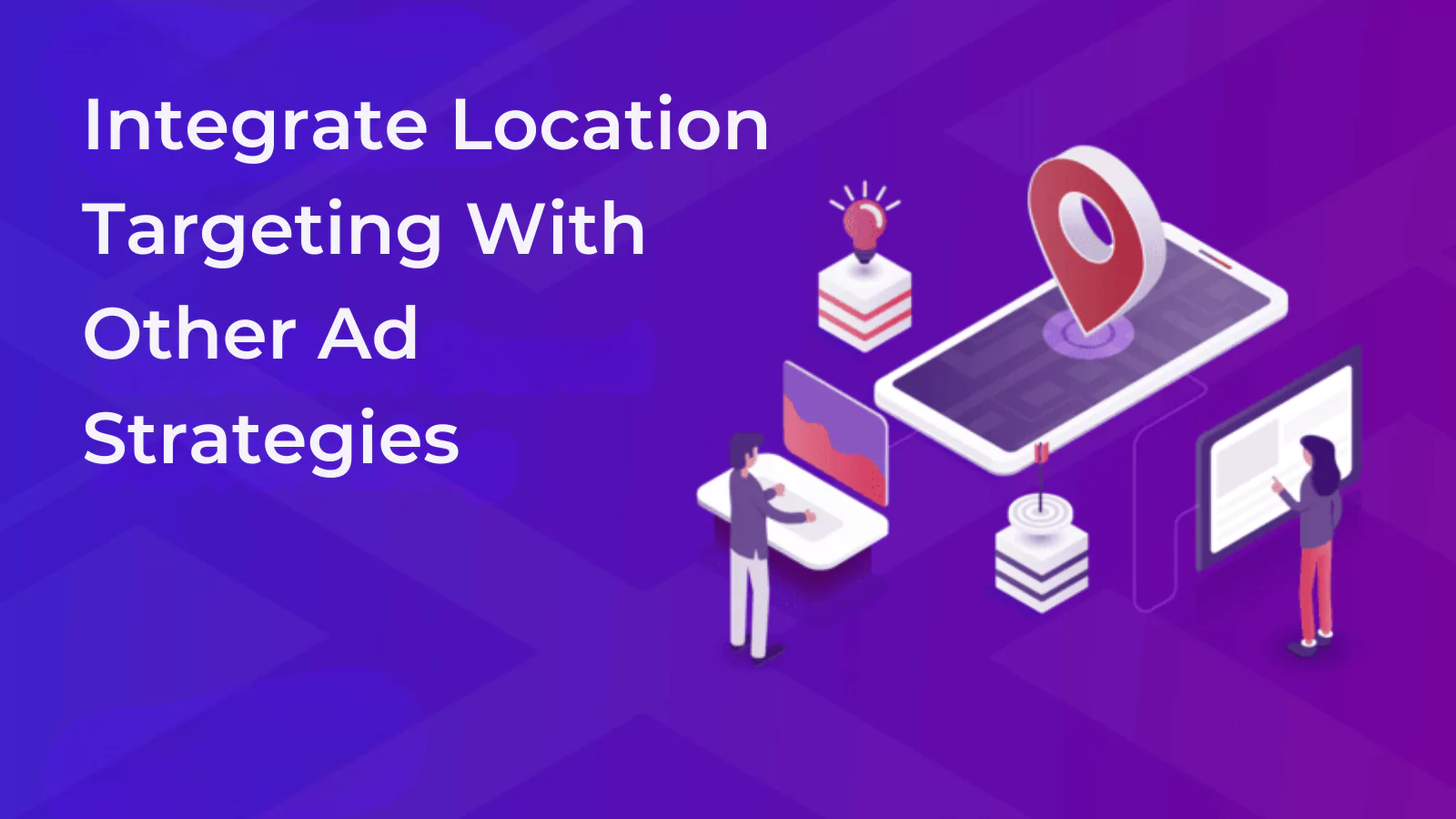 To truly harness the power of Google Ads location targeting, it’s beneficial to integrate it with other ad strategies. This combined approach can significantly enhance the effectiveness and reach of your campaigns:
To truly harness the power of Google Ads location targeting, it’s beneficial to integrate it with other ad strategies. This combined approach can significantly enhance the effectiveness and reach of your campaigns:
Demographic Targeting
Combine location targeting with demographic data such as age, gender, and income levels. It allows you to create highly specific audience segments, ensuring your ads are reaching the right people. For example, a luxury goods store can target high-income households in specific regions.
Behavioral Targeting
Use behavioral targeting to focus on users’ online activities and interests. By understanding the behavior of your audience, you can tailor your ads to match their preferences. For instance, targeting users who frequently search for travel-related content with ads for vacation packages in their area.
Remarketing
Implement remarketing strategies to re-engage users who have previously interacted with your website or ads. By combining this with location targeting, you can create personalized ads that resonate with users based on their geographic location and past behavior.
Device Targeting
Optimize your ads for different devices, such as mobile, desktop, and tablets. Location targeting can be particularly effective on mobile devices, as users often search for local services. Ensure your ads are mobile-friendly and tailored to the user’s location.
Contextual Targeting
Utilize contextual targeting to place your ads on websites and pages relevant to your products or services. This strategy can be combined with location targeting to ensure your ads appear on local websites or content that resonates with users in specific areas.
Ad Scheduling
Adjust your ad scheduling to show your ads at the most optimal times. By analyzing when your target audience is most active, you can schedule your ads to appear during peak hours, increasing the chances of engagement and conversions.
Custom Audiences
Create custom audiences based on a combination of location and other targeting options. For example, you can create an audience of frequent travelers within a specific city and show them ads for travel-related services.
By integrating Google Ads location targeting with these additional strategies, you can create a comprehensive and effective advertising campaign. This multi-faceted approach ensures that your ads are highly relevant and engaging, leading to better performance and higher returns.
Conclusion
Google Ads location targeting is a powerful tool for businesses to reach specific geographic audiences. By leveraging this feature, you can enhance ad relevance, improve engagement, and achieve a better return on investment. Throughout this guide, we’ve explored the fundamentals of location targeting, discussed its importance, provided a step-by-step setup guide, and shared advanced strategies to maximize your ad campaigns.
Incorporating geo-targeting Google ads into your marketing strategy allows you to focus on areas with the highest potential, while tools like PowerAdSpy provide valuable insights to stay competitive. By continuously monitoring and adjusting your targeting settings based on performance, you can ensure your campaigns remain effective and aligned with your business goals.
Utilize the techniques and tools discussed in this guide to create more personalized and impactful ads. With the right approach, Google Ads location targeting can become a key driver of your advertising success.
FAQ Section: Google Ads Location Targeting
1. What are the key benefits of using Google Ads based on location for my business?
Using Google Ads based on location allows you to target specific geographic areas, ensuring your ads are seen by the most relevant audience. This can lead to increased engagement, higher conversion rates, and better return on investment (ROI).
2. How can I measure the success of my location-targeted Google Ads campaigns?
To measure the success of your location-targeted campaigns, you can track key performance indicators (KPIs) such as click-through rates (CTR), conversion rates, and overall ROI. Google Ads also provides detailed location reports to help you analyze the performance of your ads in different regions.
3. Can I run multiple location-targeted campaigns simultaneously?
Yes, you can run multiple location-targeted campaigns simultaneously. This allows you to tailor your ads to different geographic areas and audiences, maximizing the reach and effectiveness of your advertising efforts.
4. What types of businesses benefit the most from Google Ads location targeting?
Businesses with a physical presence, such as retail stores, restaurants, and service providers, benefit significantly from Google Ads location targeting. However, e-commerce businesses, travel agencies, and other industries can also leverage location targeting to reach specific audiences and boost their marketing efforts.
5. How do I choose the right locations to target in my Google Ads campaigns?
To choose the right locations for your Google Ads campaigns, consider factors such as your target audience, market demand, and competition. Analyzing customer data and using ad intelligence tools can help you identify high-potential regions and optimize your location-targeting strategy.

